Now that winter has officially arrived we have had a few snow storms, but some chilly sunny days as well. These days are amazing. Blue bird days with a white blanket of snow covering the ground. It makes for some beautiful views when you are soaring above the trees.
My last flight was a cross country from KCQM up to KINL which sits on the border between Minnesota and Canada. It is just over 50 nautical miles making it the perfect distance to build up your cross country time. The day I went the temps were right around 0º F or about -18º C. We have the winter kit installed on the plane which restricts the amount of air that gets into the engine and blocks air from flowing around the cooling fins on the oil cooling block. This is essential for helping reduce the possibility of the engine being shock cooled during flight.
So with the airplane wearing its winter protection it is also very important for the pilot and occupants to take the same precautions. My dad has always taught me to wear what you want to crash in. I grew up hearing this, but it really hit home when he was involved in a forced landing in Western Alaska. He has always taught me to to prepare for the unexpected. What do you want to have on you if you did happen to lose your engine in a remote area? What do you want to have in the plane? Need more incentive? Check out this recent AOPA story about a survival story after a forced landing.
Survival Gear
I have a backpack that I seatbelt into the back seat. This is so it will be within arms reach if I do find myself needing it. In this pack I have a number of things. I have a sleeping bag already inside a bivy sack stuffed in a compression stuff sack. If you are unfamiliar, a bivy is a one person four season shelter that is just big enough for you in your sleeping bag. This will allow me to quickly pull it out and just climb in. I’ll be in a perfect shelter to stay warm and dry in the frigid outdoors.
I also have a spare set of base layers both tops and bottoms and thick Smartwool socks. Along with that I have a spare hat, warm mittens, and a headlamp. To top off the base layers I have an extra jacket. It is hard to say what condition the clothes you are wearing will be in after a forced landing. To help keep me warm along with all that I have a bunch of heat packs that I will be able to activate and stick into my boots, into my mittens to help keep my extremities warm.
Aside from clothes, I have a knife, a road flare (for starting a fire to stay warm), a collapsable saw, a tarp, cord, and some basic fire starter material. These things can help me build a fire and possibly a quick shelter to help block the wind and cold.
On Me
While flying in the winter on my lower body I wear long underwear, wool socks, insulated carhartt pants, and mukluks. On my upper body I have on long underwear, an under armor shirt, a sweatshirt, a down vest, and a jacket. I typically unzip the jacket part way, and pop the top few buttons on the vest to help vent my core a little. I also manage the cabin heat so I’m not sweating. In my jacket pocket I have a knife, a hat, and a PLB (Personal Locator Beacon). Many people have one of these in their flight bag, or in their survival pack, but I want to make sure I have it on me so I dont’ have to go looking for it. Also if for some reason I can’t move it may give me options.
Preparation aside it is always important to file a flight plan before your flight and also let someone at home know what your plans are for your flight. These are simple things that you can do that will dramatically help people find you if you do have an emergency.
Prior to Flight
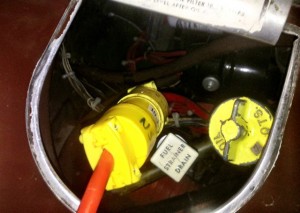
If I plan on flying in the near future and the forecast is calling for cold temperatures I always try to plug in the plane the night before. This gives the engine ample time to warm up the oil and other components. If I don’t get it plugged in the night before I make sure it is plugged in for a couple hours at a minimum before a flight. I am lucky that the plane I use is kept in a hangar. This drastically reduces the possibility of frost build up. If your plane is kept outside it might be a good idea to invest in some wing covers, and possibly some de-icing strategies.
When I get to the plane the day of the flight I place a small electric heater in the cabin of the plane. I start this as soon as I get to the plane. Then while I’m preflighting, checking weather, and filing my flight plan the panel is warming up which really helps cut down the wear and tear on the radios and gauges. The last thing I do right after unplugging the plane is I set the brakes, chock the wheels, make sure the key is on the dash, and cycle the propeller about 30 revolutions by hand. This helps move the warm oil around the inside of the engine and kind of pre lubricate everything before I attempt to start the engine.
Once I do start the plane I give it a lot of time to warm up. When I start to taxi I really don’t give the plane much power and let the propeller slowly pull me across the tarmac on my way over the the pumps or to the end of the runway.
The Fun
I know that was a lot of talk that makes you think about a forced landing, but that is a small price to pay for what winter flying has to offer. For starters the plane flies much more efficiently. The cold dense air helps the engine run better and the plane will get much better lift. I sure was amazed taking off from KCQM how quickly the plane lifted off the ground. Conversely on landing I found it difficult to get the plane out of the sky. It seemed like the plane didn’t want to come down. My flight instructor has warned me repeatedly about the dangers of shock cooling the engine. This can easily happen if you pull power on final. This drastically cuts down on the heat being generated since you are at much lower RPM’s, and since you are descending there is increased air being pushed into the engine which quickly cools things down. Because of this I was really trying to keep some power on final and the plane sure didn’t want to come down. I need to get back out and find the right distance to turn base so that I will be close enough to make the runway if I have engine problems, but far enough away to allow me time to come down and hit my spot.
On my cross country the frozen lakes and rivers below me made a patchwork of the landscape as I flew north. The sun was peaking through the clouds adding a nice light bouncing off the snow. Smoke slowly rising from wood stoves in peoples homes gave me a visual on the wind that confirmed what my airspeed and groundspeed were telling me. The video accompanying this post was just a practice flight to work on the PTS’s. I was out for over an hour doing steep turns, s-turns, turns around a point, stalls, and a few landings. I trimmed things down quite a bit. I hope you enjoy.
If you have any tips or tricks you use, or even more important if you notice something I’m doing%2

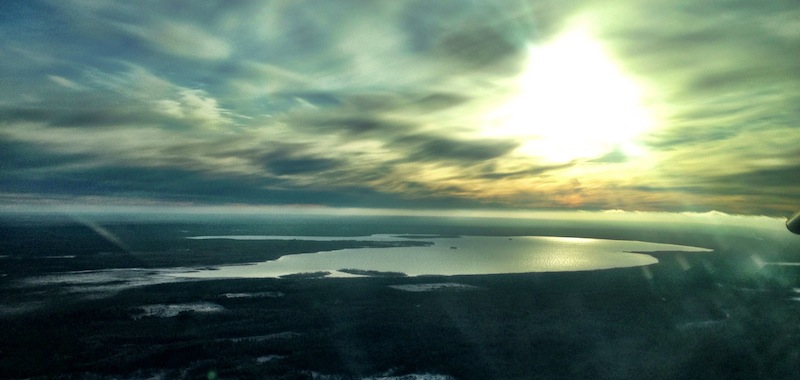
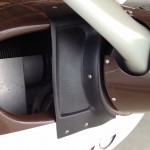
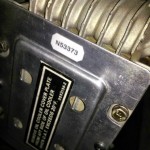
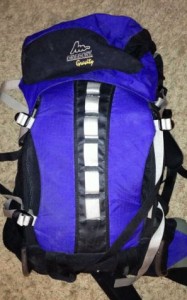
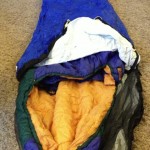
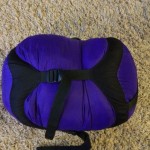
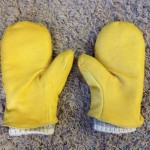
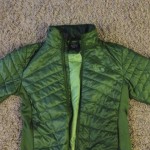


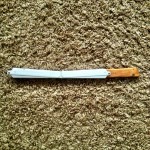
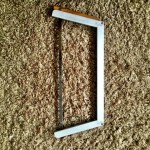
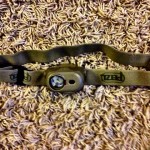
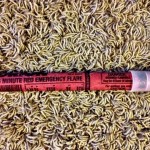
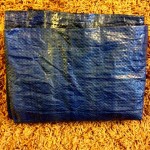
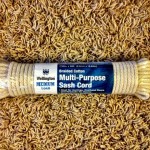
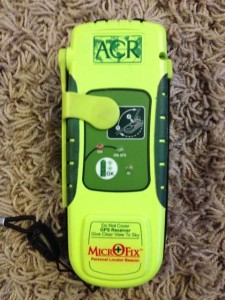
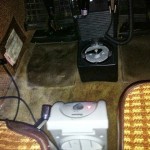
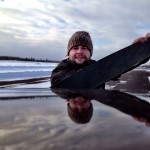
That video blew me away. Great post on cold wx flying.